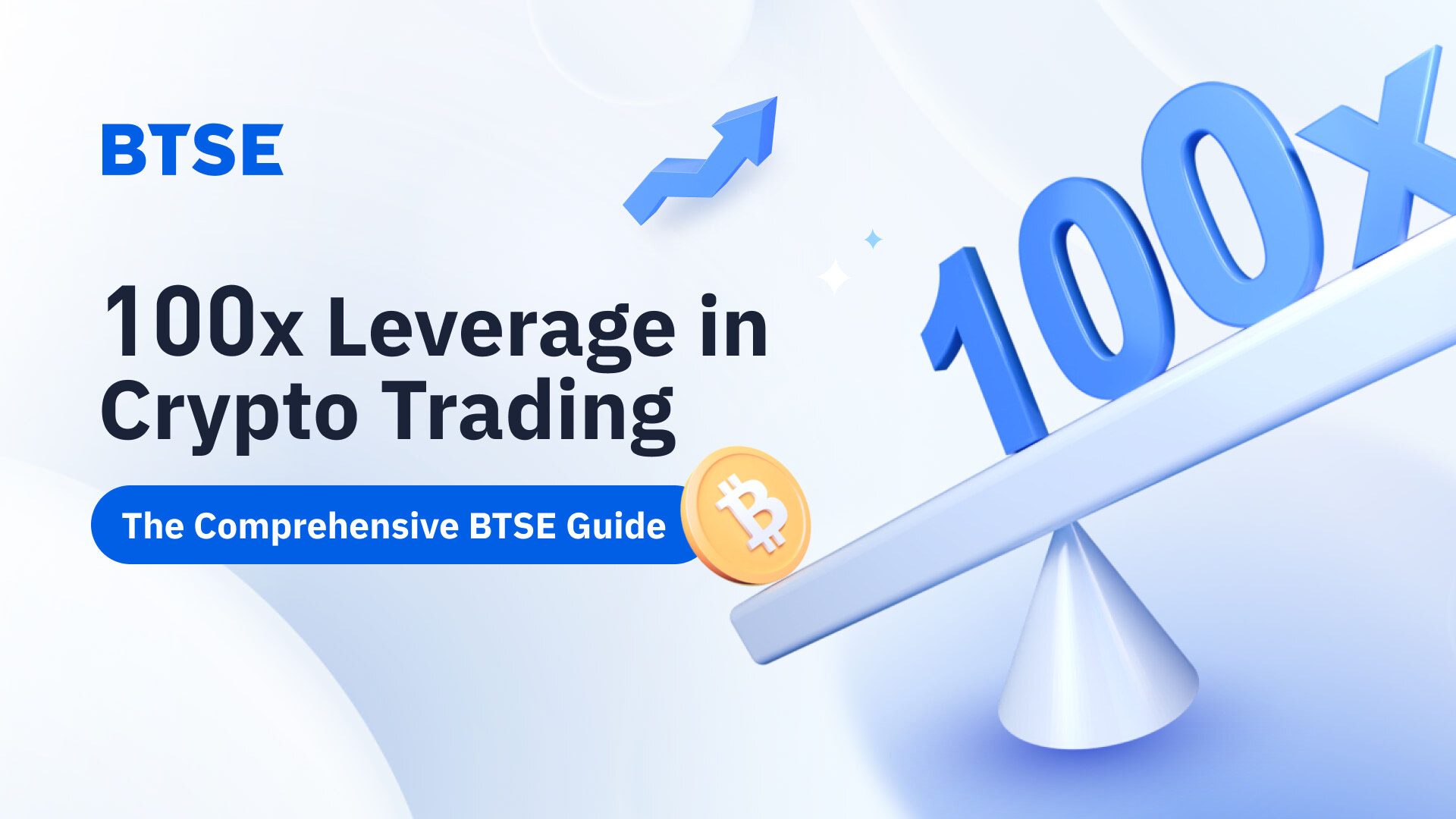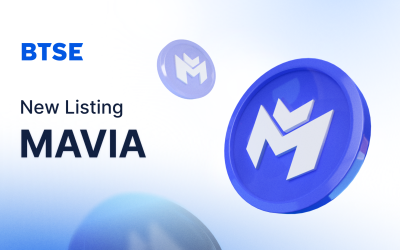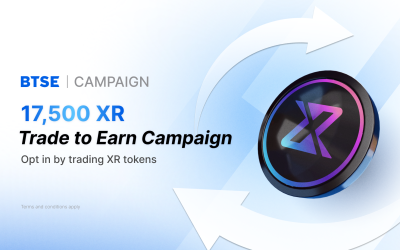Leverage is widely used in finance, especially in the context of trading stocks, derivatives, and cryptocurrencies. But the concept of leverage can be applied in other situations too, such as when companies issue debt rather than sell equity to finance their projects or business operations. When a trader or business entity is “highly leveraged,” that means they hold large amounts of debt in relation to their equity or assets. Common leverage offerings in finance for stock and crypto traders include 2x, 5x, 10x, 50x, and 100x leverage.
Traders who use leverage take on elevated risk to seek additional returns. The process involves borrowing funds to make a trade, then paying them back even if the trader ends up being in the red. That means there is the potential to lose more than the initial amount of investment if a trader makes the wrong plan. In crypto investing, platforms such as BTSE offer users the power of 100x leverage, enabling the possibility to amplify profit by 100x — but also increase the risk to that same level.
In this BTSE guide, you will find out more about the upsides and risks of 100x leverage crypto trading. This guide will also cover the mechanics of leverage trading, with an overview of how to execute this type of trade and maximize profits on BTSE Futures.
Understanding 100x Leverage: The BTSE Perspective
Different crypto exchanges offer different amounts of leverage, with some going up to 500x. Leverage can be used by traders to use borrowed funds to increase their positions. This is a form of margin trading, which involves a deposit that the trader puts down to open a futures position.
To illustrate the essence of 100x leverage, let’s look at an example. Start with these assumptions:
- Alice has margin of US$300.
- Alice uses an exchange that offers a leverage ratio of 100x, or 100:1, so her trading amount is equal to US$300 x 100 = US$30,000.
- Bitcoin (BTC) is trading at US$30,000.
- Alice believes the price of BTC will go down.
Here’s what Alice can do to profit using leverage:
- She uses her leverage to sell 100 x US$300 / US$30,000 = 1 BTC at a price of US$30,000.
- Alice waits until BTC reaches US$27,000 and buys 1 BTC.
- Her profit is US$30,000 – US$27,000 = US$3,000 (minus fees).
In the above example, a 10% favorable price move multiplied by 100x leverage equals 1,000% profit for Alice on the trade (minus fees).
In the simplest terms, traders think of leverage as a multiplier — for both profit and risk. When using 100x leverage, the risks can be high. A 1% move in a token’s price can lead to 100% loss of collateral.
That’s why it is important to use other tools in tandem with leverage, including take-profit and stop-loss orders. These free traders from constantly monitoring their open positions, while mitigating excessive losses.
Naturally, during times of heightened volatility, leverage trading becomes more precarious. Individuals who are new to this form of trading need to make sure that they are willing to shoulder these risks before setting up a position.
The BTSE Advantage: How 100x Leverage Operates in the Ecosystem
On BTSE, there are nine options for using leverage — Cross (the trader’s entire deposit is used as collateral for all open positions), 1x, 2x, 3x, 5x, 10x, 25x, 50x, and 100x. Using any option other than Cross takes a trader to “Isolated” mode.

After selecting how much leverage you would like to use and clicking “Save,” you can also define your take-profit and stop-loss conditions. These are crucial features that help prevent unnecessary losses.

Understanding the mechanics of 100x leverage requires a few definitions.
Margin is the collateral that allows a trader to borrow more funds while using leverage. When the margin is a set of crypto tokens whose value fluctuates, it’s important to keep track of their value — if that value drops below the minimum threshold known as the maintenance margin, then the trader will have to deposit additional assets to their account.
Failure to add those assets leads to liquidation, where the exchange closes the trader’s open positions. This may lead to significant losses for the trader. Notably, a lower margin means the likelihood of liquidation or partial liquidation goes up.
Strategize with BTSE: Perfecting Your 100x Leverage Trades
The successful usage of leverage requires careful planning and the willingness to adapt to market conditions. Aside from determining how much leverage to take on, and using stop-loss and take-profit functions to ensure the order performs within expectations, a trader must keep track of asset prices to prevent liquidation.
100x leverage trading is useful when a trader feels certain about an opportunity to reap profits but does not have enough assets. This form of trading should be periodically deployed as part of a trading routine, rather than used constantly.
Additionally, it’s important to form a good understanding of the mechanics of 100x leverage trading. For instance, using isolated margin instead of cross margin requires more planning, but can limit the portion of margin capital that each leveraged position has access to. This is another way to limit the potential losses of each position, preserving the trader’s long-term survival.
BTSE offers 100x leverage trading on a long list of cryptocurrencies, from mainstays such as BTC and ETH, to various altcoins, layer-1s, and layer-2s. It is up to each trader to determine whether they wish to master 100x leverage trading on a small collection of cryptocurrencies, or develop a range of open positions that require more management but provide broader exposure to profit-seeking opportunities.
Part of taking 100x leverage trading to the next level requires knowing when to increase leverage. This should be done on positive trades, once the trader identifies a position that holds untapped potential for profit. Think of this as testing the waters before making the commitment to dive in.
By starting with these tips, and by forming sharp theses on the ways specific cryptocurrencies may break out, a trader can form a profitable 100x leverage trading strategy that can stand the test of time.
Conclusion: 100x Leverage Crypto Summary
Like in any other trading and investment environments, it’s up to each trader to develop their own strategies. 100x leverage trading is easy to access and learn about by using BTSE — it’s a powerful tool, but one that is difficult to master. By using some of BTSE’s other functions in tandem, traders can maximize their profits when their analysis on price movements is correct, with the help of a range of features that enable them to safely execute their plans.
To learn more about the trading strategies and latest developments that could push your investment activity to the next level, follow BTSE’s blog.






